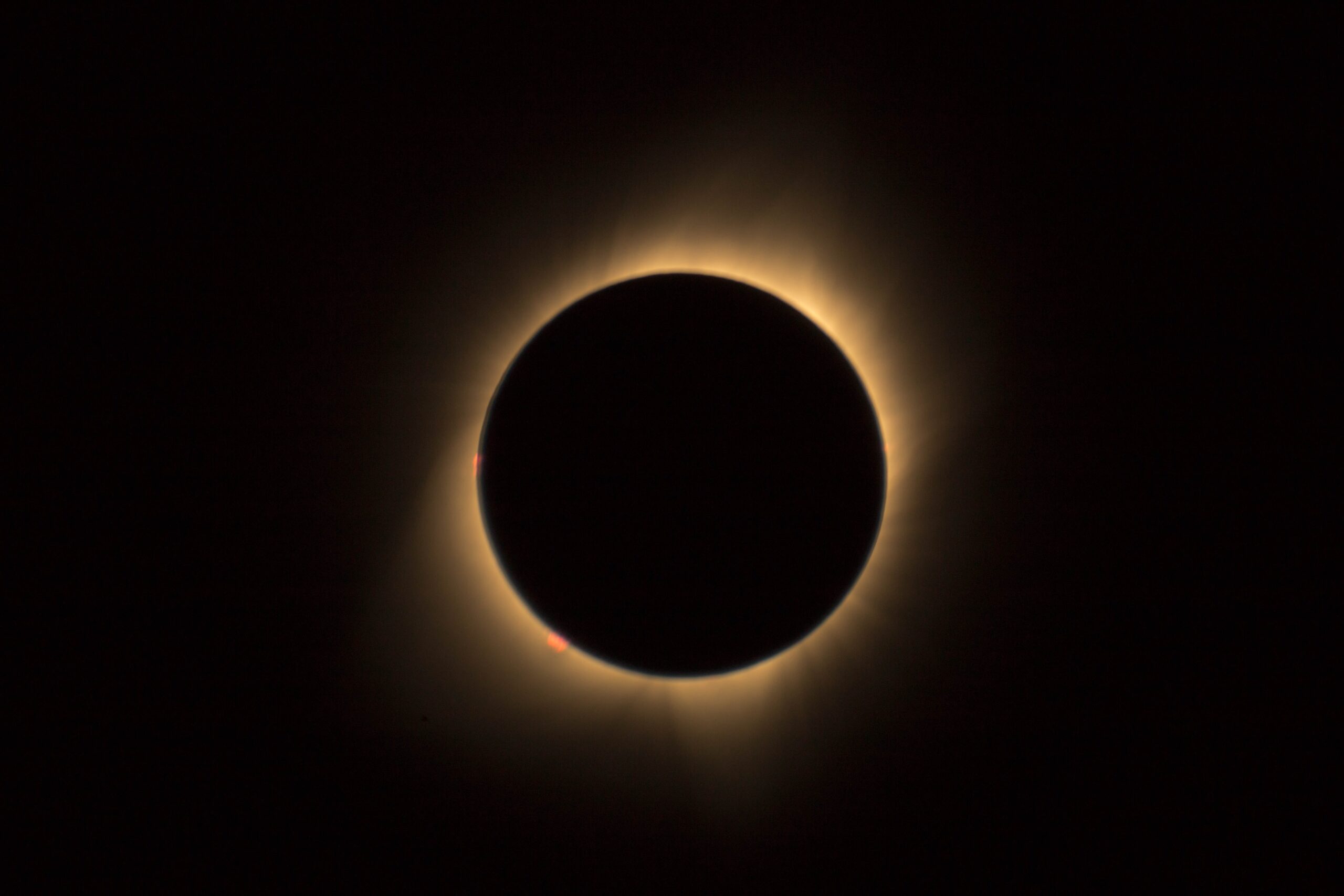In the celestial spectacle set to grace the morning of Saturday, October 14, the United States, Central, and South America will witness an awe-inspiring celestial show: an annular, or partial, solar eclipse.
Millions of eager spectators across America will have a front-row seat to this cosmic event, but only a select few residing in the “path of annularity” will bear witness to the mesmerizing “ring of fire” phenomenon, where the moon aligns perfectly with the sun, revealing only its fiery rim.
However, if you’re determined to experience it in person, our meticulously crafted map details the eclipse viewing times for various cities.
Even if you can’t travel to the 150-mile-wide path of annularity, you’ll still enjoy a partial eclipse.
The 80-90% viewing range encompasses parts of California, Nevada, Oregon, Arizona, Utah, Wyoming, Colorado, New Mexico, Oklahoma, Texas, and Idaho.
Expanding our scope, states with a 70-80% view encompass parts of Washington, Montana, Idaho, Wyoming, Colorado, Kansas, Nebraska, Oklahoma, Louisiana, Texas, Arkansas, California, and Arizona.
In the U.S., the annular eclipse commences at 9:13 a.m. PDT in Oregon and makes its final appearance at 12:03 p.m. CDT in Texas before embarking on a journey through Mexico, Guatemala, Belize, Honduras, Nicaragua, and Panama, guided by NASA’s celestial roadmap.
Although the partial eclipse commences and concludes later, a word of caution is in order.
When viewing the sun during an eclipse, always protect your eyes.
Avoid using cameras, binoculars, or telescopes without proper solar filters, as they pose severe eye injury risks, as NASA wisely advises.
Given that the sun is never fully concealed during an annular eclipse, relying on the naked eye is never safe.
For those planning to witness or capture this celestial wonder on October 14, don’t skimp on eye protection.
Eclipse glasses, compliant with the ISO 12312-2 international standard, are your trusted allies, as regular sunglasses won’t suffice.
| Action | Safety Tip |
|---|---|
| Use an indirect view | Project the solar image through an index card |
| Skin Protection Reminder | Shield your skin from the sun’s harsh glare |
| Final Thought | Stay safe and savor this cosmic wonder |
- Opt for an indirect view by projecting the solar image through a hole in an index card for a close-up look.
- NASA offers a crucial reminder: Safeguard your skin from the sun’s harsh glare during the eclipse, as prolonged exposure can be harmful.
- Stay safe and relish this cosmic spectacle!
